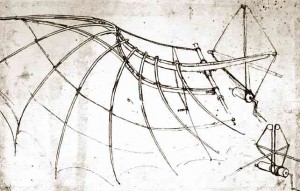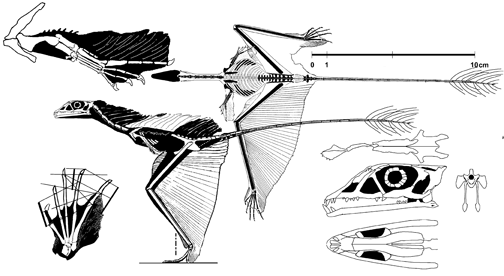If you have ever sat in a window seat on a plane, you might have noticed the flaps, spoilers, aileron, and slats (as seen here: Plane Parts) moving throughout the flight, during takeoff, and especially landing. These features are the results of engineers attempting to mimic the wings of birds, like the wings of the owl seen in this video.
Two key abilities belonging to the owl in this video and many other birds are the ability to take off without a running start and the ability to have completely decelerated by the time its feet touch down. Birds do this by changing the geometry of their wings to deal with lift and drag. Many characteristics of the wings are mimicked by engineers, but so far no wing has been produced that as able to vary in sweep, camber, and incidence, as demonstrated by the owl in this video. Sweep is the degree at which the wings protrude from the fuselage when looked at from above. Camber is the shape of the wing when taking a cross section of it when looking at it from the side. The angle of incidence is the angle of the wing relative to the fuselage (ex. if the wing is horizontal and the fuselage is horizontal, the angle of incidence is 0).
There are many example of variable-sweep planes. “With different wing positions allowing for greater efficiency and performance in various flight modes, these aircraft are more versatile than aircraft with fixed wings” (Switchblade). The F-14 Tomcat is a plane that employs variable-sweep technology. For slower speeds and landing, especially on small runways like aircraft carriers, the F-14 Tomcat’s wings extend to be nearly perpendicular to the fuselage. For faster, supersonic speeds, the wings contract to minimize surface area.
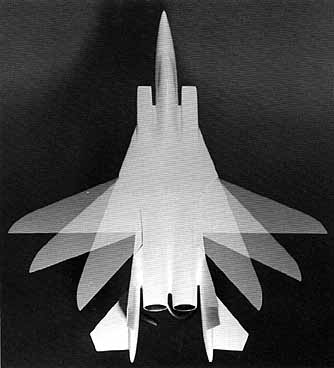
(This is not an F-14, this is a conceptual design for a variable-sweep plane. This is a picture from the website http://history.nasa.gov/SP-468/ch10-4.htm)
The best attempt at replicating variable-camber wings have been the addition of plane flaps and aileron. These parts do change the camber of the wing, but only slightly and do not compare to the changes in camber that birds’ wings are capable of. NASA experimented with variable-camber wings from 1984 to 1992 on models of the X-29 plane. The picture below shows how the adjustment of the aileron can change the camber.
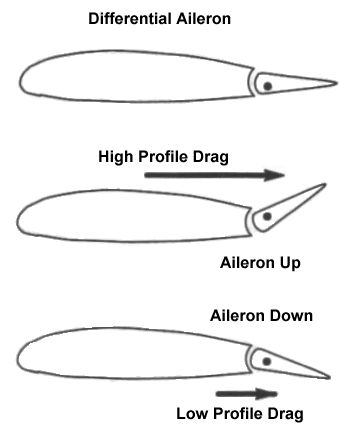
Variable-incidence wings are the most unique. Almost all planes have their wings attached at a fixed angle to the fuselage along the longitudinal axis. No modern planes have experimented with variable-incidence wings since the F-8 which flew in active duty until 1987. The main reason variable-incidence wings were tested was to alter landing speeds.
Takeoff and landing are two of the most difficult parts when it comes to mimicking nature. As seen in the blog post about Festo, flapping flight has been mimicked by engineers, but to takeoff and landing involved human intervention to prevent the robot from damaging itself. Combining variable-sweep, variable-camber, and variable-incidence has not yet been achieved. Instead of attempting this feat, alternate forms of takeoff and landing have been devised. V/STOL (Vertical and/or Short TakeOff and Landing) appears to be what engineers are currently pursuing. Aircraft such as the Harrier and the V-22 Osprey (a tiltrotor) employ this method of takeoff and landing.
Harriers have vector thrust engines which means the engine redirects fast moving air through nozzles that can be adjusted to point in many directions. When the nozzles are pointed down, the force of the air leaving the nozzles is greater than the weight of the harrier, allowing vertical acceleration.
Skip to 0:23 to see the takeoff.
The V-22 Osprey has two rotor systems at the end of each wing. This allows the V-22 Osprey to take off vertically like a helicopter. Once it is in the air, the rotor systems can rotate along the pitch axis so that the V-22 Osprey can travel in any direction the rotor systems are pointing.
Skip to 0:55 to watch the V-22 Osprey takeoff vertically and eventually the rotors point forward, allowing it to fly off quickly.
What does it mean that engineers are currently pursuing V/STOL technology? It could mean that combining variable-sweep, camber, and incidence is too difficult with current technology. It could also mean that V/STOL is far more efficient than landing like a bird. The energy needed for V/STOL could be far less than the energy needed to mimic bird landing.
It is interesting though that tiltrotors and rotor craft are popping up in sci-fi movies and games.
Avatar
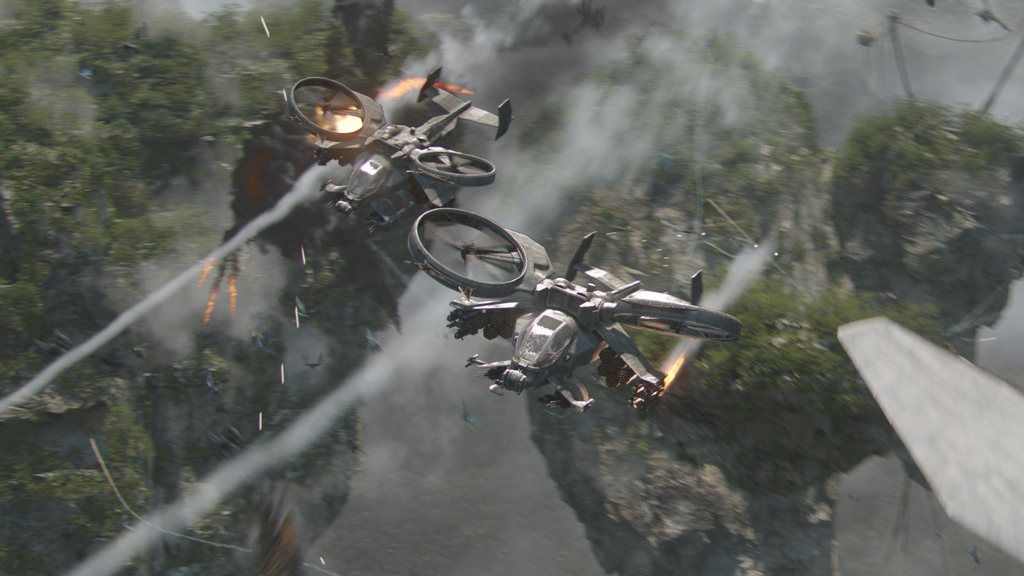
Halo
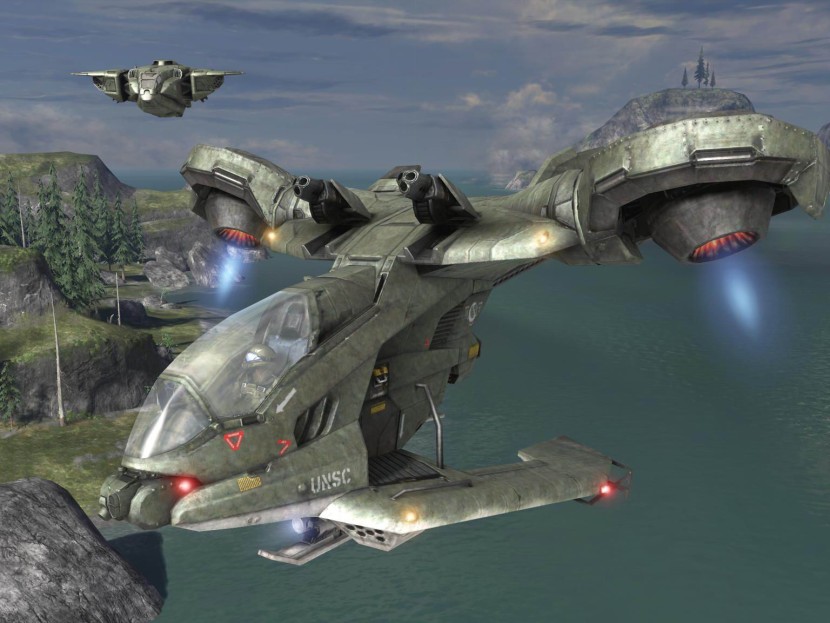
Is this suggesting that V/STOL is the way of the future?
Sources:
- http://www.grc.nasa.gov/WWW/k-12/airplane/airplane.html
- Switchblade http://science.howstuffworks.com/transport/flight/future/switchblade-plane.htm
- http://www.aerospaceweb.org/question/dynamics/q0045.shtml
- http://aboutfacts.net/Things3.htm
- http://en.wikipedia.org/wiki/Variable-incidence_wing
- http://web.mit.edu/2.972/www/reports/harrier_jet/vectored_thrust_engine.html
- http://www.navy.mil/navydata/fact_display.asp?cid=1200&tid=800&ct=1
- http://james-camerons-avatar.wikia.com/wiki/Scorpion_Gunship
- http://halo.wikia.com/wiki/VTOL
